Key Strategies to Maintain Virtual Workforce - Sydney HQ Marketing Team Perspective
VerifiedAdded on 2023/06/08
|7
|614
|279
AI Summary
This presentation discusses the key strategies to maintain virtual workforce from the perspective of Sydney HQ marketing team. It covers the importance of virtual teams in today's global business scenario, the role of managers in implementing strategies, and issues faced by virtual teams. The presentation also talks about strategies to operate virtual teams, synchronous and asynchronous communication, and the importance of cultural knowledge and overlapping work schedules.
Contribute Materials
Your contribution can guide someone’s learning journey. Share your
documents today.
1 out of 7

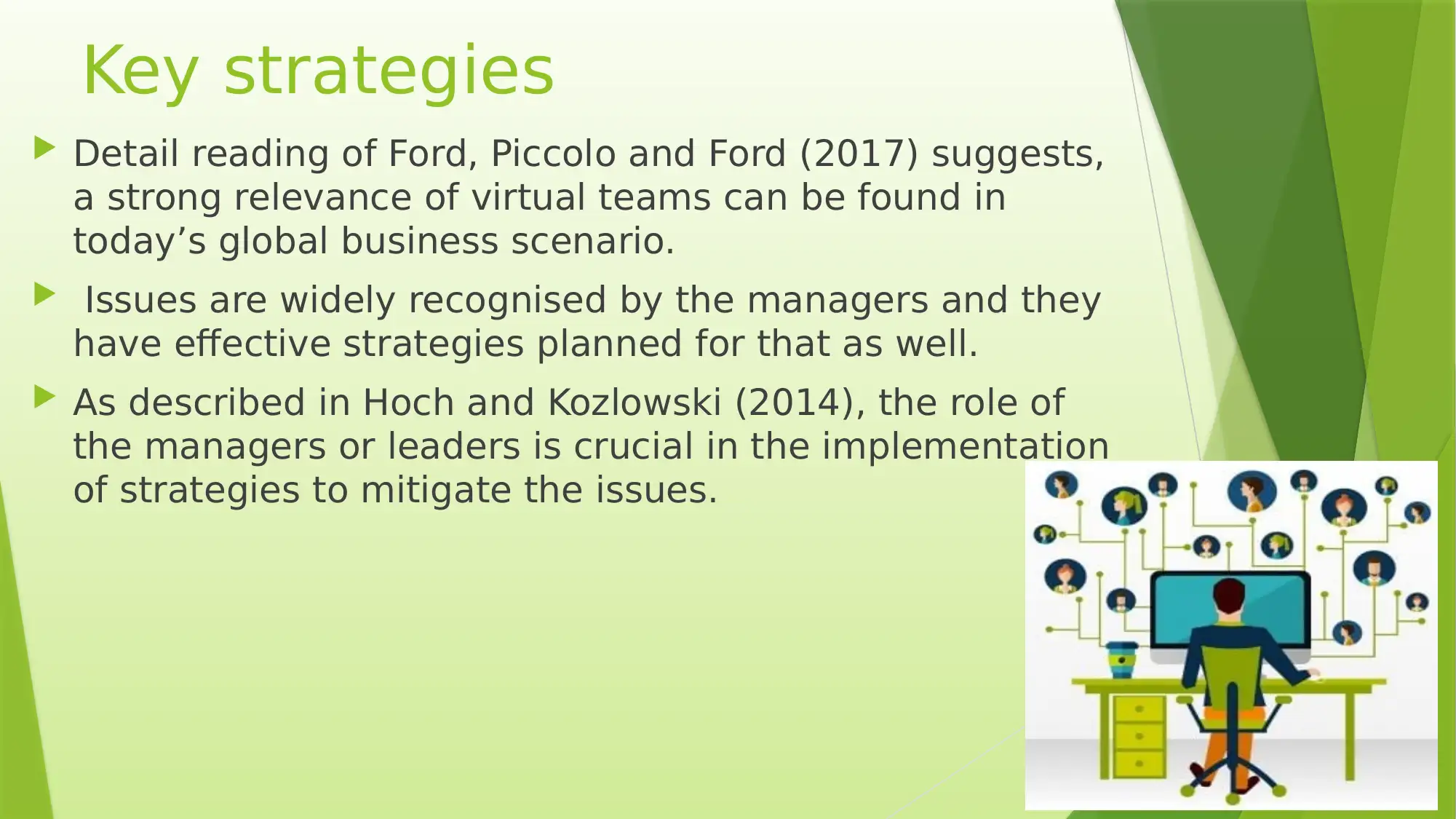
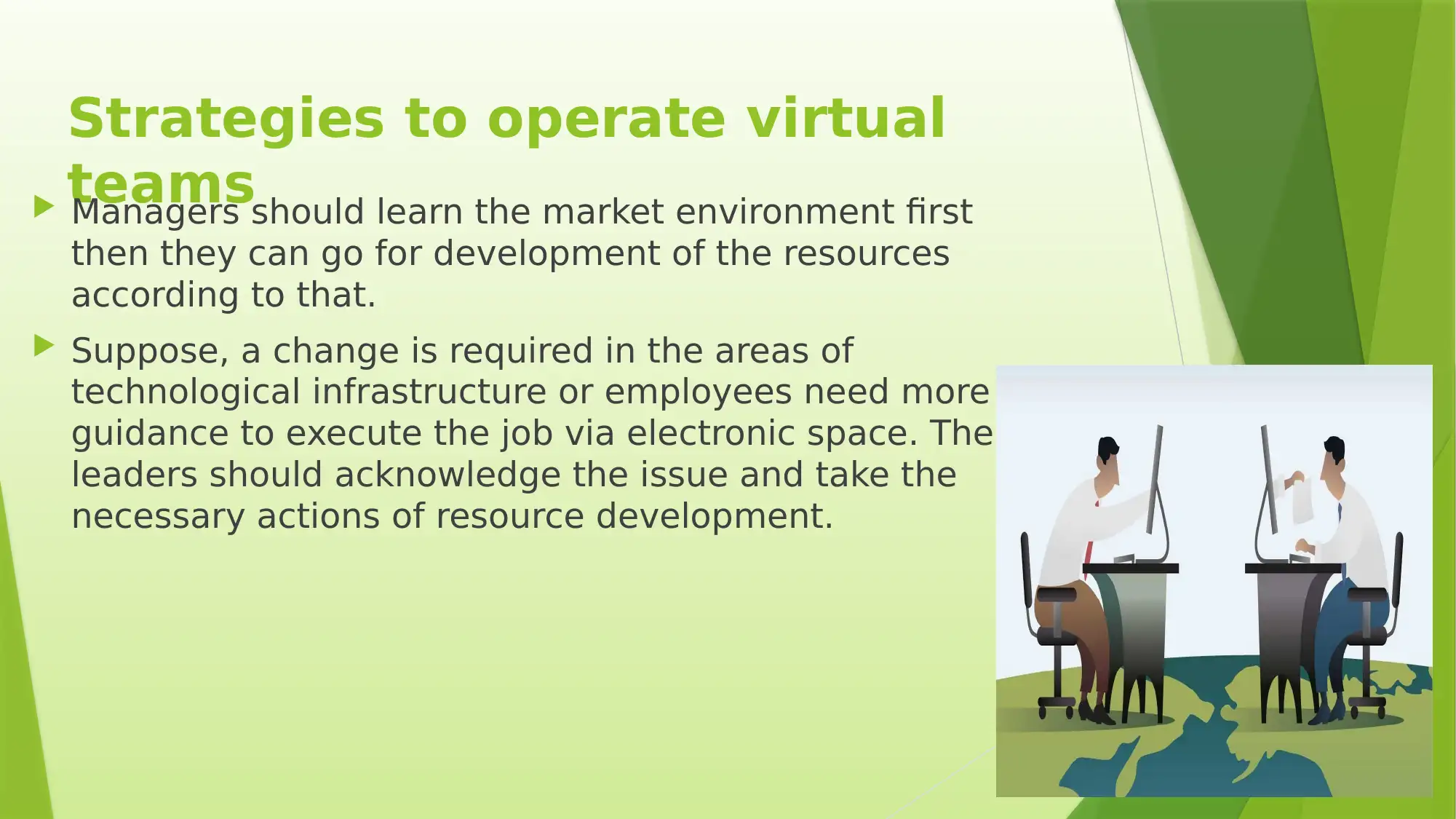
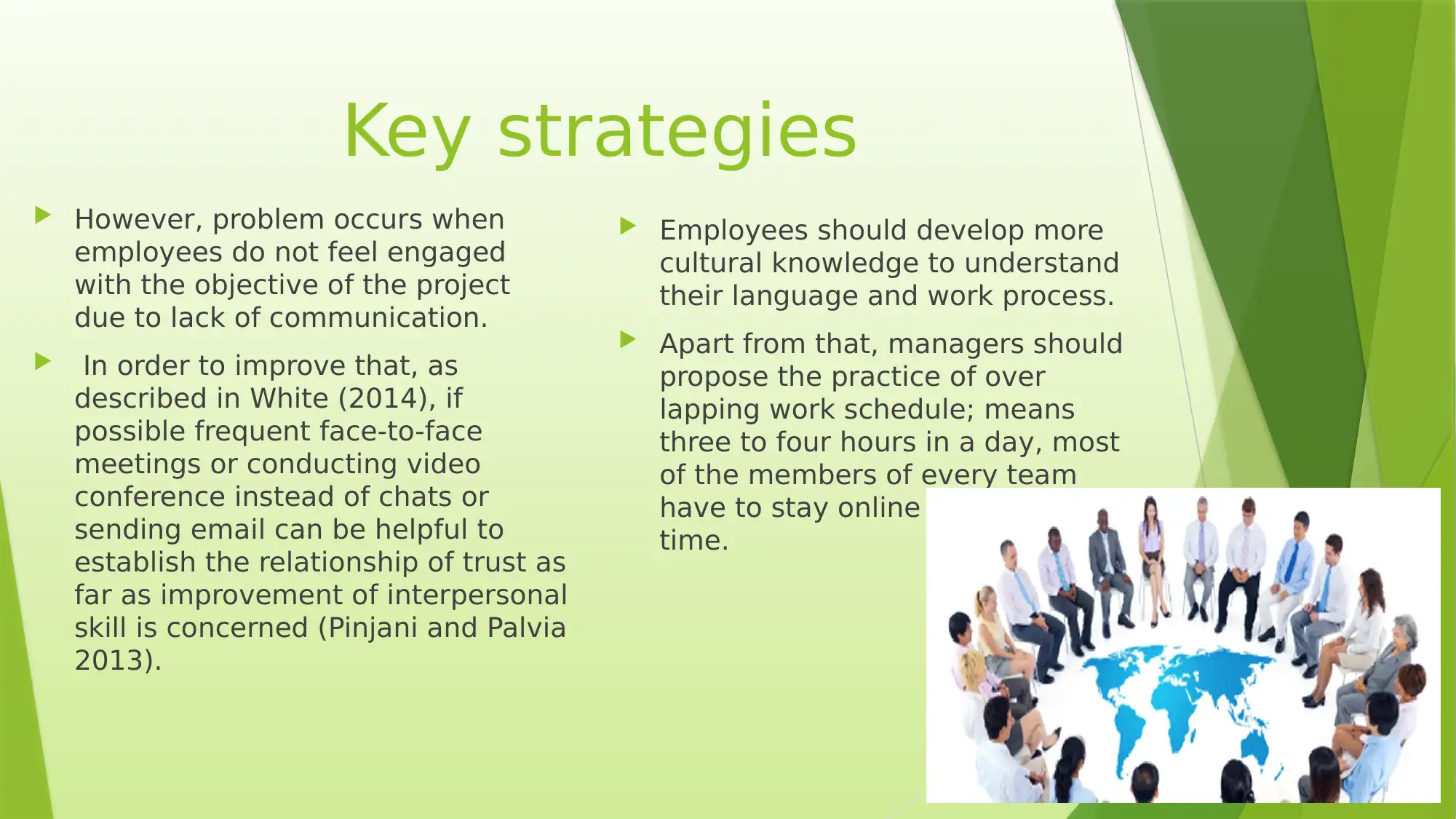
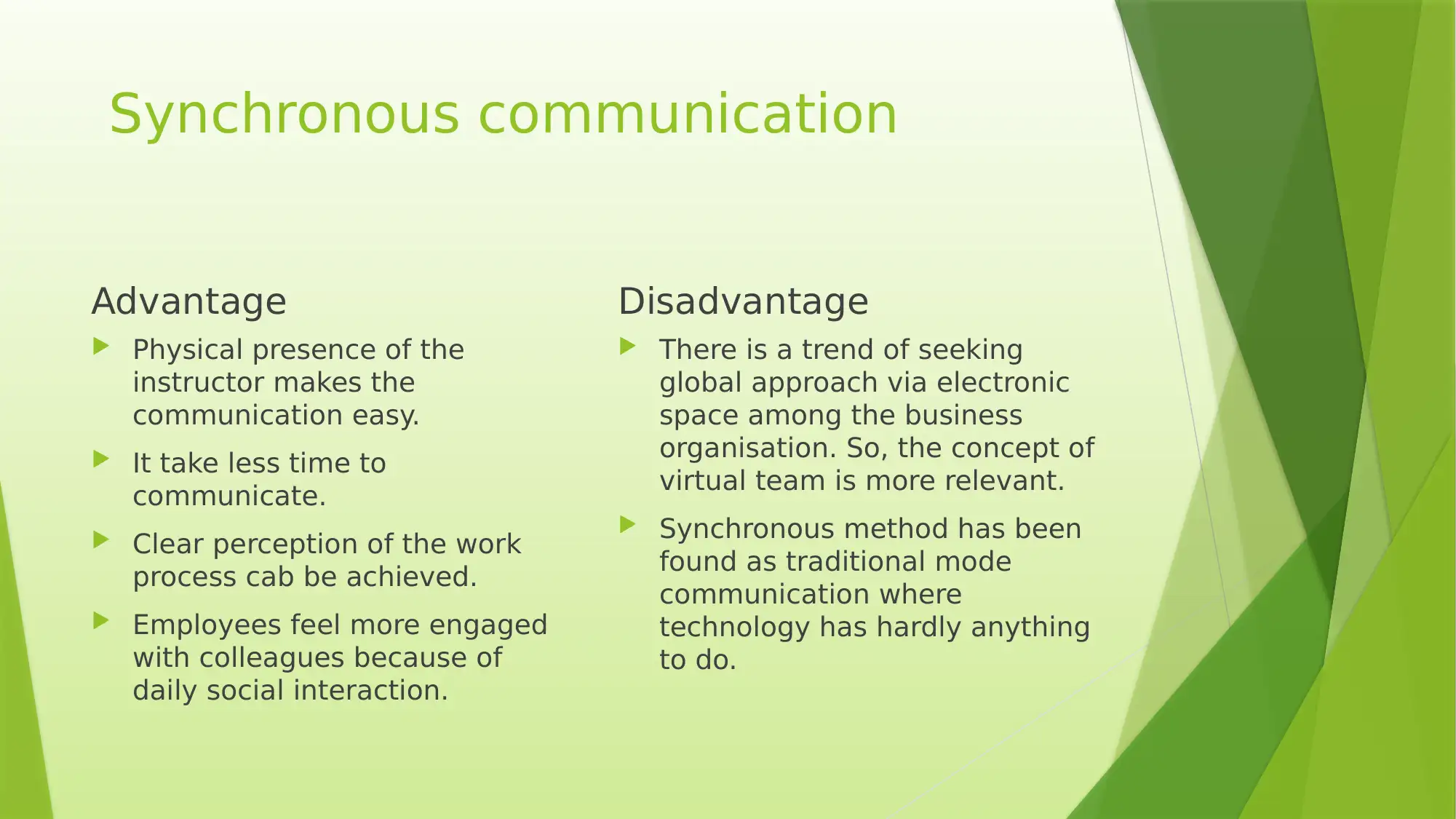
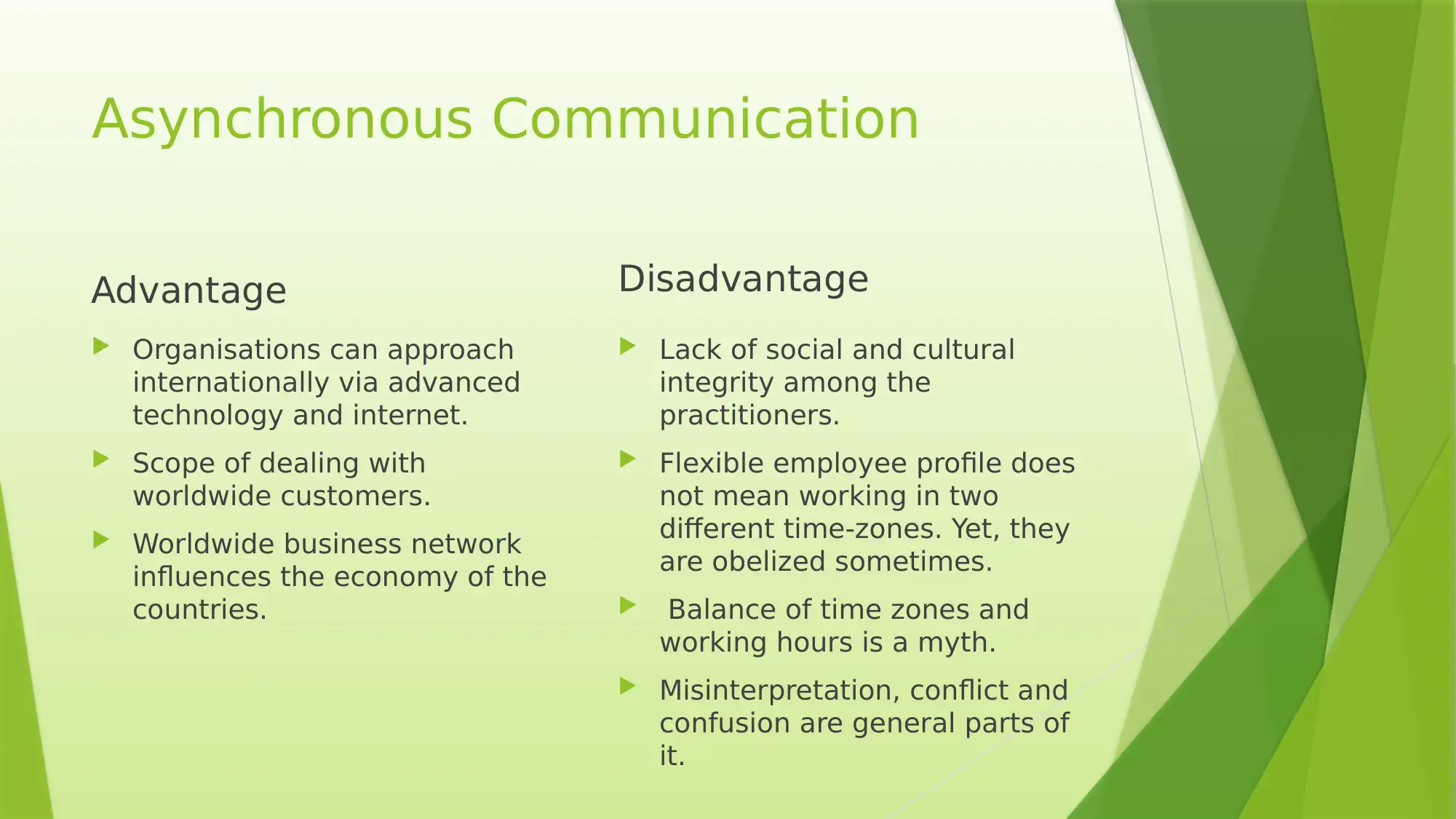
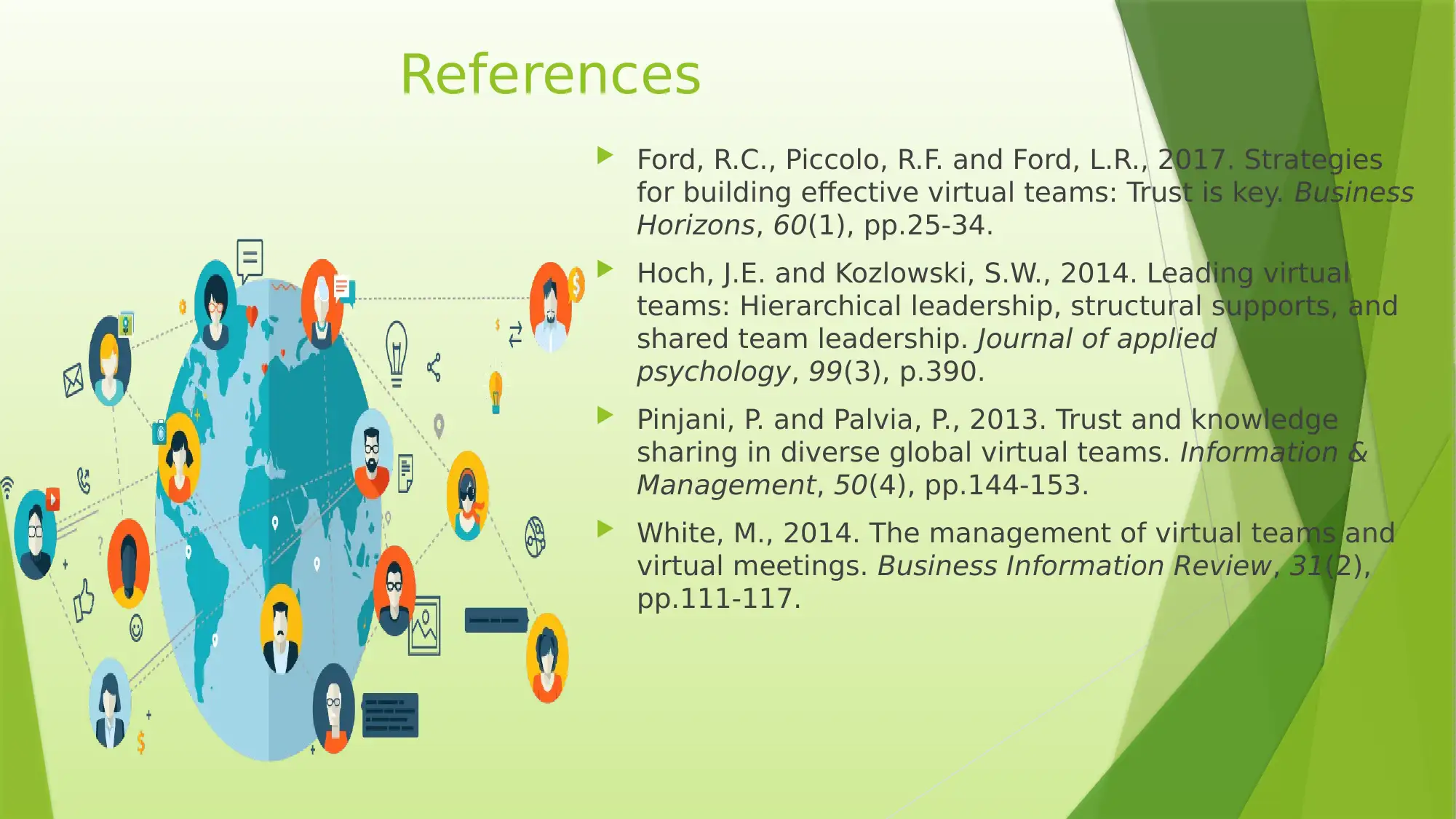




![[object Object]](/_next/static/media/star-bottom.7253800d.svg)